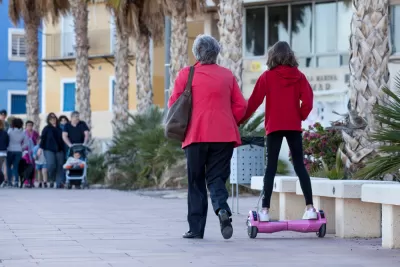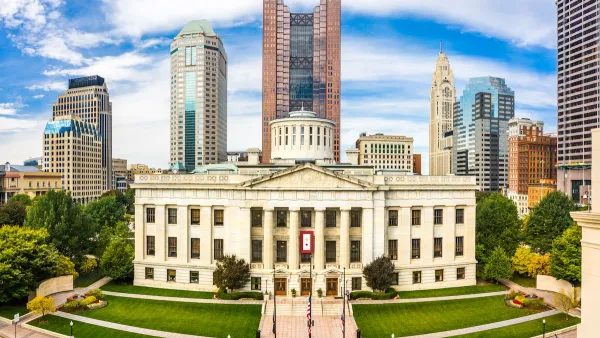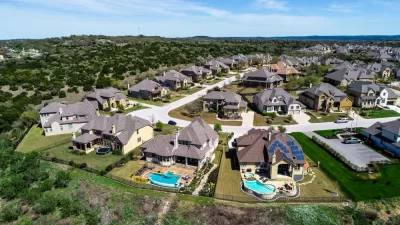Grandfamily housing, as described by a recent article in The New York Times, is a kind of intergenerational housing model that caters to older Americans raising children.

Carly Stern explains the growth of "grandfamily housing," sharing the experience of one grandmother who relied on Bridge Meadows in Portland, Oregon during a family crisis for a "new multigenerational housing community for older adults with low incomes, adoptive families or 'grandfamilies.'"
More and more older Americans raising their grandchild or other members of their family are "finding a haven" in similar communities, according to Stern.
There are at least 19 grandfamily housing programs with on-site services across the United States, financed by a mix of public and private funding, according to Generations United, a nonprofit focused on intergenerational collaboration. Projects are underway in Washington, D.C., and Redmond, Ore., and lawmakers in the House reintroduced the Grandfamily Housing Act, which would create a national pilot program to expand grandfamily housing.
According to the article, the pandemic has exposed the lack of housing options in the United States, even as the number of households headed by a person age 65 or older is increasing. "An estimated 2.3 million grandparents are primary caregivers," according to Stern. The opioid epidemic is also creating the need for more "grandfamily" arrangements, according to the article.
Advocates for this kind of multi-generational housing are drawing attention to the obstacles to financing that can limit the potential of grandfamily housing projects.
FULL STORY: ‘Grandfamily’ Housing Caters to Older Americans Raising Children

Planetizen Federal Action Tracker
A weekly monitor of how Trump’s orders and actions are impacting planners and planning in America.

San Francisco's School District Spent $105M To Build Affordable Housing for Teachers — And That's Just the Beginning
SFUSD joins a growing list of school districts using their land holdings to address housing affordability challenges faced by their own employees.

The Tiny, Adorable $7,000 Car Turning Japan Onto EVs
The single seat Mibot charges from a regular plug as quickly as an iPad, and is about half the price of an average EV.

Seattle's Plan for Adopting Driverless Cars
Equity, safety, accessibility and affordability are front of mind as the city prepares for robotaxis and other autonomous vehicles.

As Trump Phases Out FEMA, Is It Time to Flee the Floodplains?
With less federal funding available for disaster relief efforts, the need to relocate at-risk communities is more urgent than ever.

With Protected Lanes, 460% More People Commute by Bike
For those needing more ammo, more data proving what we already knew is here.
Urban Design for Planners 1: Software Tools
This six-course series explores essential urban design concepts using open source software and equips planners with the tools they need to participate fully in the urban design process.
Planning for Universal Design
Learn the tools for implementing Universal Design in planning regulations.
Smith Gee Studio
City of Charlotte
City of Camden Redevelopment Agency
City of Astoria
Transportation Research & Education Center (TREC) at Portland State University
US High Speed Rail Association
City of Camden Redevelopment Agency
Municipality of Princeton (NJ)





























